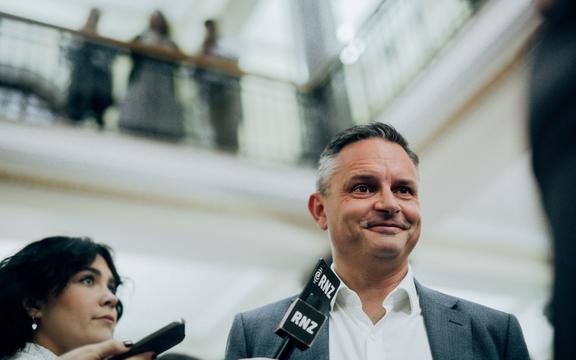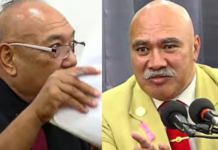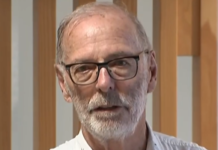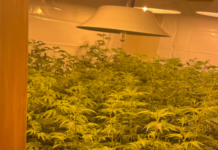By RNZ and is republished with permission
The Climate Change Commission has released its final report laying out the roadmap for the country to slash emissions and become carbon neutral by 2050.

The commission received more than 15,000 submissions in response to its draft advice released in late January.
The plan outlines sweeping changes to society, laying out proposals for the first of three emissions budgets for Aotearoa.
These set the maximum amount of greenhouse gas emissions over five-year blocks: 2025, 2026-2030 and 2031-35.
It calls for progressively deeper emissions reductions. From 15 percent by 2025 for long-lived greenhouse gases – up to 63 percent by 2035.
And for biogenic methane – a 8 percent cut by 2025, 12 percent by 2030 and 17 percent by 2035.
By 2050 the target range for biogenic methane is set between 24 and 47 percent.
New Zealand made international commitments in 2006 to cut total emissions to 30 percent of 2005 levels by 2030.
However, the report said if New Zealand was to play its part as a developed nation its Nationally Determined Contribution needed to be much more than 36 percent – but that was a decision for politicians.
The government has until the end of the year to respond with its own plans.
Some Climate Change Commission final report recommendations
Transport
- Nearly all cars imported by 2035 must be electric vehicles
- Road transport can be almost completely decarbonised by 2050
- By end of 2022 set targets to get more people walking, cycling and using public transport
Agriculture
- To get to the higher 47 percent reduction range for agriculture would require cutting agricultural production from livestock unless new technology came online.
- Set a farm emission carbon pricing scheme, or look to bring agriculture into the emission trading scheme (something the government must make a decision on by next year)
Energy
- Phasing out coal as soon as possible
- Phase out the use of boilers that burn fossil fuels
- A major expansion in the electricity system needed to start immediately
Forestry
- Establishing a comprehensive plan for new native forests.
- These can be on steeper, less productive land. Its plan assumes assumes 300,000 hectares of new native forests and 380,000 hectares of new exotic forests are to be established between 2021 and 2035.
Just transition
- Supporting workers to transition from high-emissions sectors to low-emissions sectors
Key changes in the final report compared to the draft
- Deeper cuts needed in the first two budget periods – about three times the draft’s target in 2025, but the curve smooths out after that. This will make meeting the 2050 targets harder.
- Fewer EVs to be in the fleet in early budget periods than first projected
- Herd numbers may need to drop as assumptions about potential farming efficiency improvements were too optimistic
- It had under estimated how much land would be converted to horticulture, it has now revised this up from 2000 hectares a year to 3500 hectares a year
- Native reforestation will take some grazing land
- Increase in the ambition around cutting waste
- Revised upwards the amount of methane emitted from landfills that will be captured
- More paths laid out to get to emissions targets
- Deeper integration of Treaty of Waitangi principles
It said the government needed to change the emissions trading scheme to make it fit for purpose.
Government responds
The government said the report showed meeting the climate targets were achievable and affordable with existing technology, and delaying action will end up costing more.
It said the commission had revised up the cost of inaction to about 2.3 percent of GDP by 2050 – almost double the cost to the economy compared to acting now.
Climate Change Minister James Shaw said this government had done more to fight the climate crisis in the last three-and-a-half years than the combined efforts of governments over the last three-and-a-half decades.

“However, we are yet to see a sustained decline in the pollution we put into the atmosphere,” Shaw said.
“And even when we do, we need to ensure that decline continues and, in fact, picks up pace, every year until we hit net-zero. The commission’s advice makes clear that this is possible, but only if we act now.”
Prime Minister Jacinda Ardern reiterated her statement that climate change was this and the next generation’s nuclear-free moment.
“I view the commission’s report as one of the most significant documents I’ll receive in my time as prime minster.”
The government has until the end of the year to respond to the commission’s climate roadmap with its own Emissions Reduction Plan.







